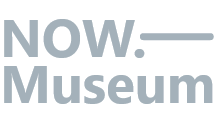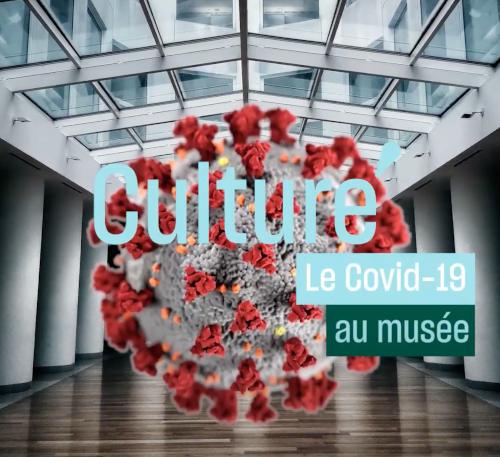In 2020, Yves Rozenholc, Professor of Data Science at the Faculty of Pharmacy, Université Paris Cité, was interviewed by Culture Prime on France 24. He outlined the principles of Covid-19.Museum, as envisaged at the time. This initial version would later evolve into the Now.Museum.
From Covid-19.Museum to Now.Museum
From the beginning of 2020, it was possible to imagine that what we were about to experience through the SARS-Cov 2 pandemic was worth capturing for future generations. What will historians find when they study this period? How can we make available, over the long term, the most usable traces possible left by Covid-19, not just as a biological fact, but as an event raising a number of social, political, moral and epistemological issues? How can we guarantee the future intelligibility of these collections of documents? This question led to the founding hypothesis of the Covid-19 Museum, according to which automated captures, supplemented by manual captures, could be triggered to document the history of the ‘Covid-19 event’ through its digital elements. All these digital collections, which could be consulted by the public and exploited in particular using data science tools, would constitute a Museum, in the sense of the Mouseîon of Alexandria. This hypothesis logically led to another: it should be possible to trigger these captures, certainly in response to events that could be identified as important from the outset, but also to document a posteriori events that were not perceived as worthy of attention at the time, but which could be reconsidered at a later date. This is how the Now.Museum was conceived. An open science citizen project, it enables the history and semiosphere of an event to be documented in real time, without any preconceptions, by continuously capturing its digital elements.
From the Now.Museum to the Covid-19.Museum
What hat has become of the Covid-19.Museum? As part of the Now.Museum, the Covid-19.Museum is its first ‘sub-museum’, a time-space devoted to the period opened up by the emergence of Sars-Cov2. Housing the ‘Children’s drawings during confinement’ and ‘Artistic representations during confinement’ collections, it provides a search engine and computing resources for exploring aggregated data.

